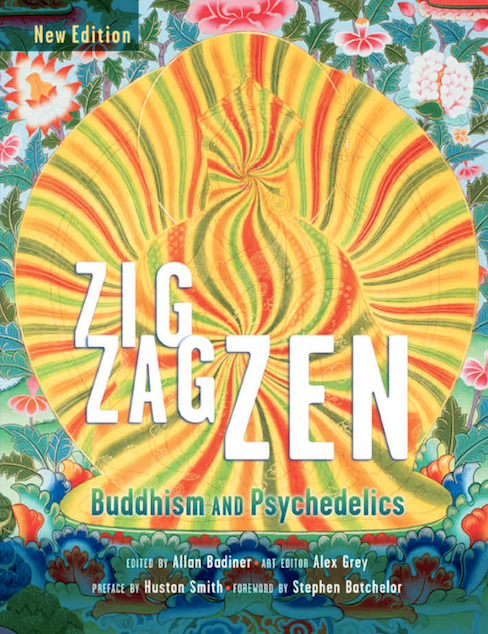In today’s world, especially with the 2016 U.S. Presidential Election’s smoking gun looming just behind us, it can be difficult to stay mindful. To not let our emotions run away with us when we are speaking with others. To be as honest with ourselves and others as we can and communicate our feelings efficiently with others. To not cling desperately to our ideals. To develop patience and learn to deal with overwhelming feelings. To work on developing our focus and changing our habits for the greater good. The Zen Habits Beginner’s Guide to Mindfulness addresses these topics and provides practical advice for working on them in our own lives.
Leo Babauta (the ebook’s author) is the creator of the Zen Habits website, author of many books, and a vegan who spends the majority of his personal time running, reading, meditating, lifting weights, and hiking. He has been an inspiration to thousands of people by helping them simplify their lives and change their habits through his Sea Change membership program.
The Zen Habits Beginner's Guide to Mindfulness was published solely in ebook format, it is fairly short (only 47 pages), and it contains many helpful words that may help you in your own path toward developing mindfulness. However, as the ebook even mentions itself, the true onus is on the reader. There is only so much a book can do to help develop a meditation practice, work toward changing habits, or develop patience. The true work must be done by the reader.
To address this, Babauta includes in each chapter: a description of the issue (including its common causes), a step-by-step method to address the issue, and an exercise that can be practiced during meditation or day-to-day life. The final chapter of the book focuses on how we can get better, which includes practicing nearly daily, reviewing the exercises, and working with whatever arises.
I greatly enjoyed and valued this ebook, and would have loved to give it five stars. However, there were some typos due to some sloppy editing and a few of the chapters were merely slight variations of copied-and-pasted content from previous chapters. Because of those two things, I decided to ding The Zen Habits Beginner's Guide to Mindfulness by one star. However, I would still recommend this ebook to anyone interested in developing their own mindfulness practice. And in case you don't find them valuable, the author even promises a 100% money back guarantee on all of his books! It is definitely aimed at beginners, but serves as a helpful review for those further along the path as well. I plan to read one or two more of Babauta’s books that take the topic a bit further, but I am glad that I started with this one.
4/5 stars. 47 pages.
Click here to buy the book.
Disclaimer: Think Wilder is a participant in the Amazon Services LLC Associates Program, an affiliate advertising program designed to provide a means for sites to earn advertising fees by advertising and linking to amazon.com. I may earn a small commission for my endorsement, recommendation, testimonial, and/or link to any products or services from this website.










